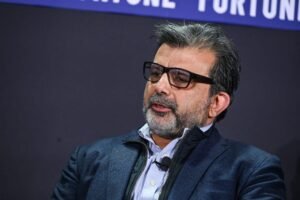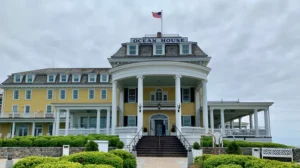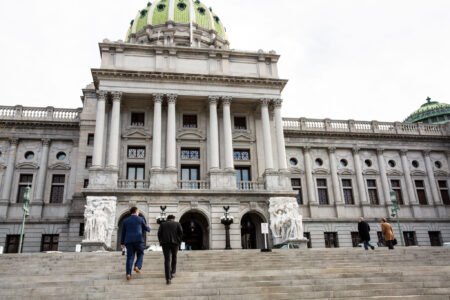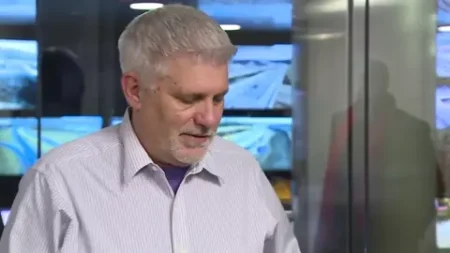As federal parliament returns this week, a clear contrast will be visible in the House of Representatives. On one side, Prime Minister Anthony Albanese is enjoying strong poll numbers. On the other, the Liberal Party is facing public scrutiny over the low number of female MPs in its ranks.
Only six Liberal women will be seated in the lower house. This is a striking image in 2025, especially as their presence will stand out. The lack of gender balance has become a growing issue for the party. Despite attempts to deflect attention with a female leader at the helm, the visual message remains powerful and hard to ignore.
Albanese, meanwhile, is returning to parliament with confidence. Recent polls show strong support for his leadership and policies. The mood within the Labor Party is optimistic, with many speaking of a “second honeymoon” for the government.
The Liberals, led by Sussan Ley, hope to turn a corner. Ley recently appeared on a national television program to introduce herself to a broader audience. Though she has served in parliament since 2001 and held several senior roles, many voters are still unfamiliar with her.
In contrast, her predecessor, Peter Dutton, was a more recognized figure. His own media efforts were focused on softening his image, but with limited success. For Ley, the task is different—she must build a fresh and relatable identity.
During her media appearance, Ley shared stories of flying planes and spending time with her grandchildren. This personal approach aims to show that the Liberal Party is ready for change under her leadership. Still, critics argue that public relations alone will not fix deeper problems within the party.
The week’s first Question Time will be closely watched. It will test both leaders’ abilities to challenge and respond under pressure. Albanese and Ley share one trait: both have been underestimated during their political careers. They have used doubt as motivation to rise.
The Liberal Party is also trying to leave behind its image as the “Noalition.” Under Dutton, the party was often criticized for blocking policies, even those aligned with conservative values. For example, before the last election, the Liberals opposed income tax cuts that matched their usual platform.
Now, with parliament back in session, the Liberals are showing signs of cooperation. They plan to support two key Labor bills: one to reduce student HECS debts and another to tighten childcare regulations after recent abuse cases.
Additionally, the party has softened its position on international student numbers. Previously, Dutton pushed to cut 80,000 foreign student placements, arguing it would ease the housing crisis. But the new education spokesperson, Jonathon Duniam, has changed that stance. He now calls for a “more sensitive” approach.
Duniam said the old policy did not fully consider the financial needs of universities, especially in regional areas. He acknowledged that international students play a major role in funding higher education. The Coalition now wants to work with the sector and the government to find a balanced solution.
Labor also promised before the last election to lower international student numbers to 270,000 by 2025. So both sides are now more aligned on the issue.
Labor’s first week back in parliament will also include speeches from new members. Ali France and Sarah Witty will speak first in the House. Both won major victories—defeating Peter Dutton and Greens leader Adam Bandt, respectively.
Their speeches will highlight the desire for a government focused on action and results. Labor is also proud to have a record 56 percent female representation in its new caucus. Unlike the Liberals, this will not need to be shouted from the rooftops. It will be clear in the chamber.
As the new political term begins, Albanese gains momentum while the Liberals work to redefine their image. Whether this marks real change or more of the same remains to be seen.







